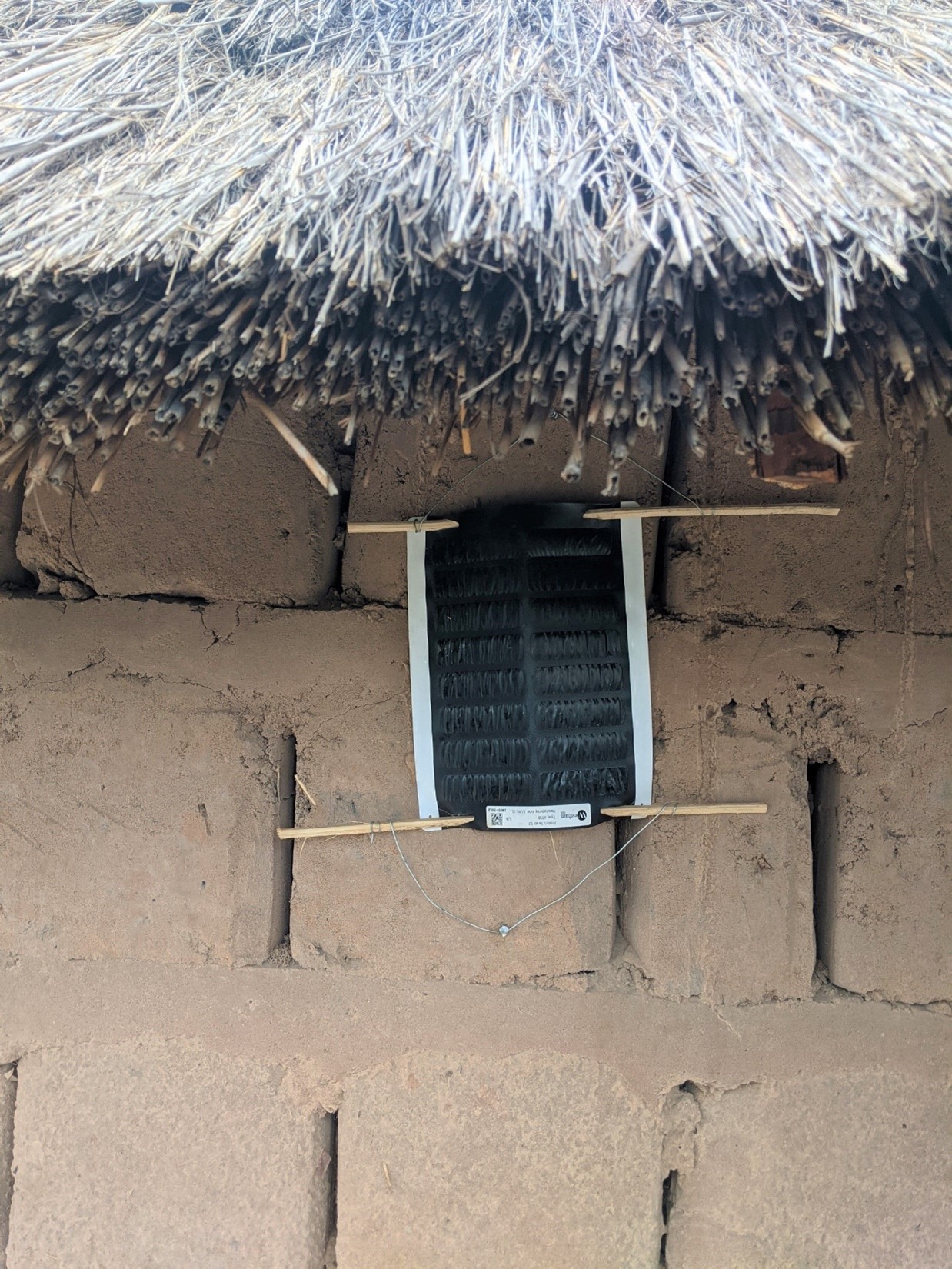Female and male mosquitoes need plant-derived sugars and carbohydrates to maintain energy for survival. This almost daily need for sugar presents an opportunity to bait the sugar feeding process with a toxicant. The basic approach of Attractive Targeted Sugar Baits (ATSB®) is to lure mosquitoes or sand flies to a toxic bait and kill them.
Westham Co. has developed a complete product including an attractant, an insecticide and a bait station. In 2016-2017, a partnership between Westham, the Bamako University and IVCC created a successful Proof of Concept (PoC) in 14 villages in Mali. It demonstrated that the product has significant impact on mosquito populations, decreases the Entomological Inoculation Rate (EIR), and reduces survivorship whilst not posing significant risk to non-target organisms.

Time to develop
Westham ATSB® outdoor vector control intervention should be available once demonstrated to be of public health value through Westham and IVCC pilot initiatives.
Results showed that SumiShield® 50WG applied at 300 mg ai/sq m on two house walls (baked clay or painted cement) performed equally well (> 80% mortality) on both surfaces up to week 41 (approximately 9.5 months), whilst up to 48 weeks residual activity was observed in semi field conditions.
Benefits and features
There are many benefits to the use of an ATSB®, as part of an Integrated Vector Management (IVM) Toolbox, for targeting disease vectors. ATSB®:
- is easy to deploy, with no need to enter people’s homes.
- is expected to be attractive to a wide range of mosquitoes including Anopheles, Aedes and Culex.
- is durable, which will allow it to cover a transmission season.
- could trigger a population age grading shift with a lower rate of ‘old’ females able to transmit malaria through continuous exposure to the bait.
- has a membrane which prevents non-target organisms being exposed to the bait.
- has a broad spectrum of potential insecticides that could be used, therefore facilitating Insecticide Resistance Management (IRM).